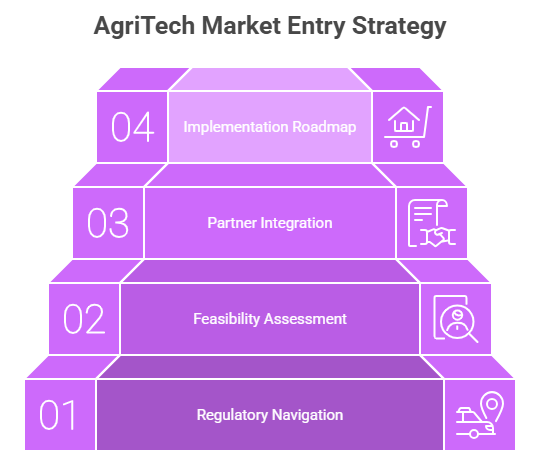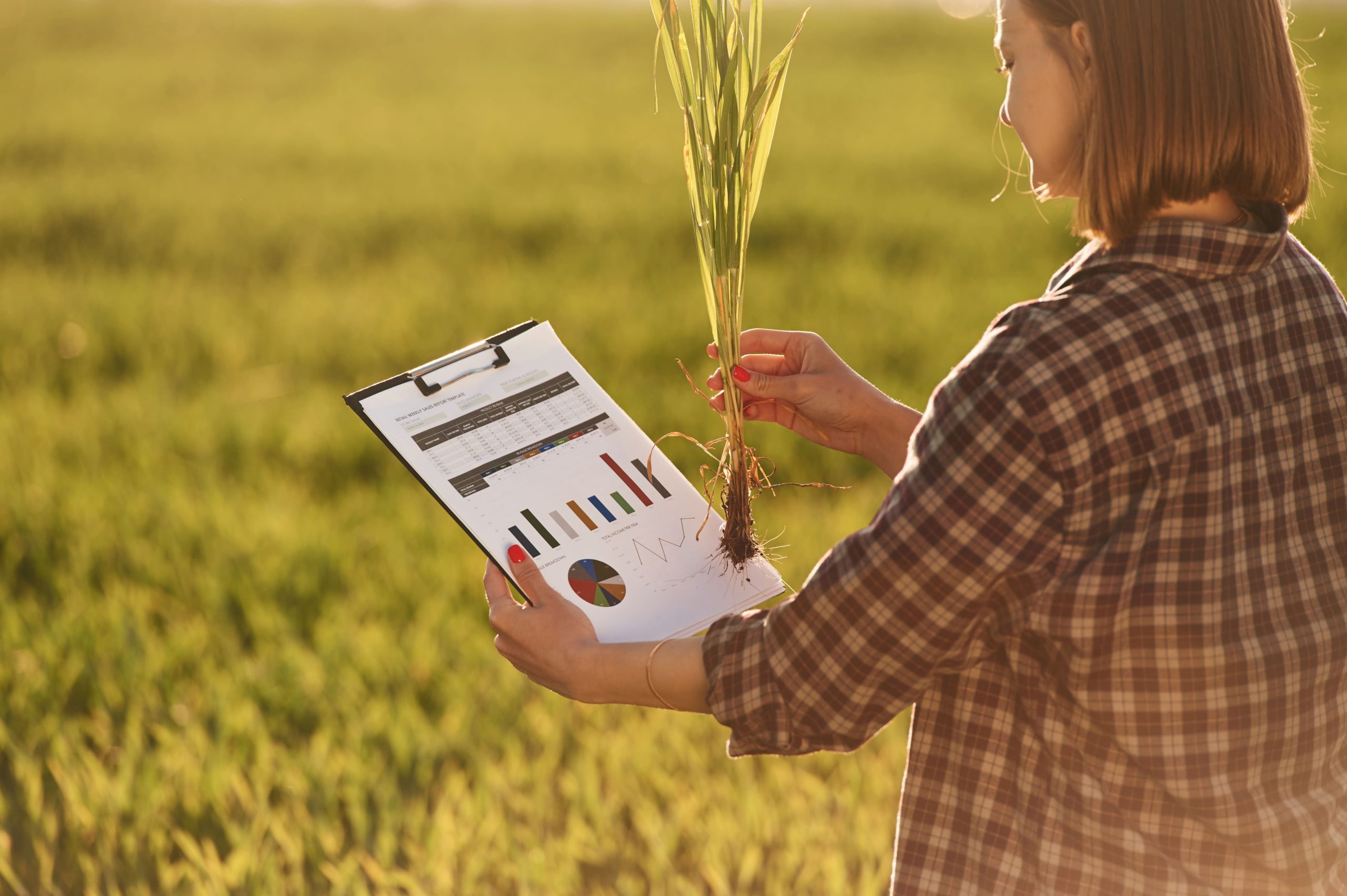AgriTech is no longer a niche trend but future backbone of global food systems. From AI-based crop forecasting to remote sensing and digital marketplaces, agriculture is undergoing a profound technological shift.
However, innovation alone does not guarantee adoption. More than 60% of AgriTech pilots fail to scale due to weak localization, regulatory complexities, poor rural readiness, or fragmented partnerships.
For AgriTech ventures targeting emerging economies, market entry strategy becomes the difference between isolated pilots and profitable scale.
Key Challenges Hindering AgriTech Expansion
Scaling AgriTech is far more complex than building the technology. The intersection of regulation, farmer behavior, and rural infrastructure creates barriers that stall growth.
- Regulatory Diversity and Policy Fragmentation: In India alone, startups may need alignment with FSSAI, Ministry of Agriculture, NABARD, DGCA, and MeitY, depending on whether the solution involves food data, drones, or financial integration.
- Localized Adoption Barriers: Smallholder farmers control 80% of farmland in Asia and Africa, and trust plays a major role in adoption.
- Inconsistent Infrastructure Readiness: More than 35% of rural households in emerging economies lack stable broadband access, limiting adoption of IoT sensors, mobile-based advisory tools, and remote monitoring.
- Data Governance and Security Concerns: New laws in India, the EU, and Brazil now mandate local data storage, explicit user consent, and regulatory oversight — adding complexity for cross-border tech providers.
These challenges highlight a key truth that AgriTech expansion requires a market entry model that blends regulatory clarity, localization intelligence, and ecosystem partnerships.
Nexdigm’s Market Entry Strategy for AgriTech Expansion
Nexdigm’s AgriTech Market Entry Strategy Framework helps AgriTech innovators de-risk expansion and accelerate adoption through four core pillars.

Regulatory and Policy Navigation
AgriTech spans agriculture, data, aviation, and fintech regulations, making compliance a critical early step. Nexdigm maps:
- Drone usage rules
- Data protection and localization laws
- Government digitization programs
- Food safety and traceability standards
This regulatory clarity reduces approval delays by up to 50%, enabling smoother market entry.
Feasibility and Localization Assessment
Technology succeeds only when it fits local agricultural conditions. We evaluate:
- Digital infrastructure readiness
- Farmer demographics and affordability
- Climatic zones and cropping cycles
- Local agronomic needs
Localization can improve early adoption by 25–40%, especially in data-poor or low-connectivity environments.
Partner and Ecosystem Integration
AgriTech expansion is partnership-driven. Nexdigm identifies credible players:
- Cooperatives
- Rural distributors
- Microfinance institutions
- Agri-input companies
- FPO networks
Robust partnerships improve last-mile access and can accelerate scaling by 30–35%.
Implementation and Go-to-Market Roadmap
Once readiness is established, Nexdigm helps turn strategy into execution. We support:
- Pilot program design
- Channel activation plans
- Farmer training and demonstration models
- Post-launch monitoring systems
- KPI-based feedback optimization
This structured GTM approach increases the success rate of first-year deployments.
Nexdigm Case
Nexdigm helped a digital farming platform streamline its India market entry by mapping regulatory approvals, identifying rural partners, and designing a localized GTM plan, resulting in 40% faster adoption across pilot districts and significantly improving farmer engagement within three months.
To take the next step, simply visit our Request a Consultation page and share your requirements with us.
Harsh Mittal
+91-8422857704

